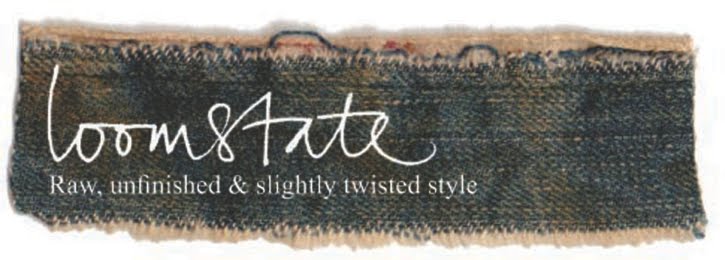When I trekked into town in mid December to pick up my scarily expensive Stones ticket, I saw David White of Ragtop had the real thing.
The wider stitching configuration alongside the buttons indicates that this jacket dates from the 1930s, David told me. The workmanship is beautifully plain; no chainstitch, flat seams, and that lovely 2 by 1 denim. This is the coastguard variation, with the appropriate buttons. Yours for less than the lady next to me paid for a Stones ticket.








